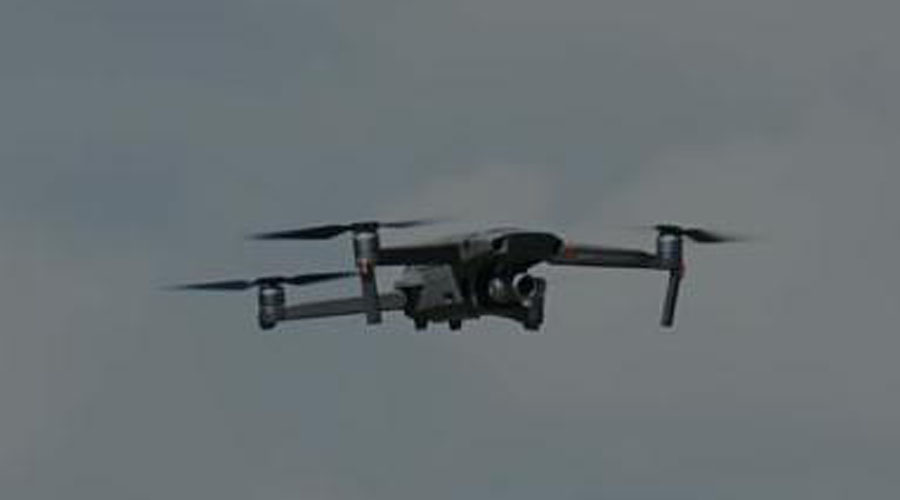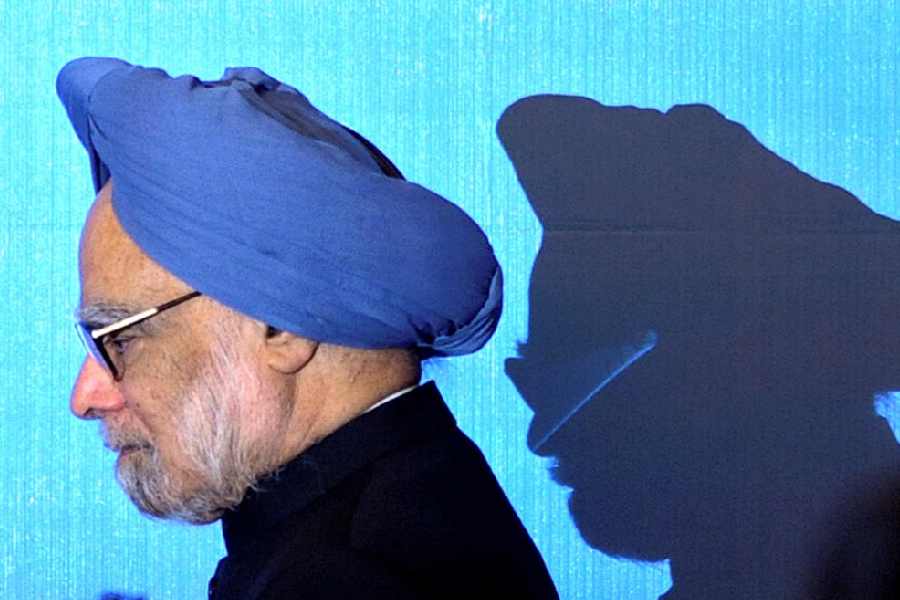Several drones have been sighted over Jammu skies since Sunday’s attack on the heavily guarded Indian Air Force station that was suspected to have been perpetrated through such unmanned aerial vehicles, leaving police experts worried about the “ease” with which they were being deployed.
Adding to the intrigue is the fact that the security agencies are still at a loss over whether the drones are flying in from across the border or are being operated through remote control by people on the Indian side of the Line of Control.
Officials said drones had been spotted at various locations from Monday to Wednesday. The army has officially confirmed only two sightings — over the Kaluchak and Ratnuchak cantonment areas in the small hours of Monday. They are to the south and north of the IAF station that was targeted in Sunday night’s explosion that caused damage to a building and injured two personnel.
Sources in the security establishment said another drone was sighted at the Miran Sahib area of Jammu at 9.25pm on Tuesday. Two more were sighted over Kaluchak and Kunjwani early on Wednesday, they said.
On Tuesday, Prime Minister Narendra Modi chaired a high-level meeting to frame a policy to deal with emerging security threats and futuristic challenges facing the country.
On Monday, the defence spokesman in Jammu, Devender Anand, had said two separate drone activities were spotted over the Ratnuchak and Kaluchak military areas by troops and a high alert was sounded immediately. He said quick reaction teams fired at the drones, which flew away.
Anand told The Telegraph on Wednesday that it was being investigated where the drones landed.
“It is not known. At night you cannot make out whether it had come from (Pakistan) or where it had gone. It is less likely something will come that far (from Pakistan), although some agencies are presuming that,” the spokesman said.
The National Investigation Agency has taken over the probe into the attack on the IAF station.
An official in Jammu said the security agencies had taken a slew of measures to prevent a repeat of Sunday’s attack.
He said drone monitoring and jammer systems had been installed at the IAF station in Jammu, and that other vital installations were also being secured.
“It is suspected that the attack was carried out by the Lashkar-e-Toiba terror outfit,” the official said.
The sources said the security forces had conducted searches at multiple places in Jammu but had not been able to locate even a single drone or the men operating them.
Police officers handling drones in Kashmir for the past several years said they were surprised how such machines could be used to carry out the attack on the IAF installation in Jammu.
“They are flying at ease (in Jammu),” an officer said.
Another officer explained that drones are connected to two systems, a remote controlled by a person on the ground and a satellite.
“How does the drone know I have to operate from one point to another? It knows through satellite, this mapping is on satellite. Remote control does help in flying but ultimately the route is viewed by the satellite. If a command goes through the satellite that the drone should not go from point A to B, it will not go.”
The officer said only a handful of countries — the US, Russia and China — had such satellites and they could be tapped to geo-fence all the vital installations. The officer refused to say whether the police had geo-fenced its vital locations.
The police have been using drones since 2015 in Kashmir in its fight against pro-azadi protesters and militants. The police have procured dozens of “unmanned aerial vehicles”, or drones.
Kashmir police have at least 50 DJI MAVIC2 drones, which have infrared-sensing systems with a fully stabilised three-axis camera, providing infrared and visual images simultaneously.
The officer said it was possible that militants were operating the drones sighted in Jammu from either Pakistan or India.
“Non-industrial drones, which I believe are being operated in Jammu, can fly at a height of 500 metres. They have 360-degree vision and can see if they are fired upon and manoeuvre accordingly. They cannot be detected by radar because they are small and can fly up to 7km. It is a lot of aerial distance,” he said.
“It is quite possible that the two drones used in the attack on the IAF station came from across the border as the aerial distance would not be more than 7km. The other possibility of someone remotely controlling the device from our side of the border is always there,” the officer said.
Experts said drones could be converted into bombs by using sticker bombs or by air-dropping the explosives.












